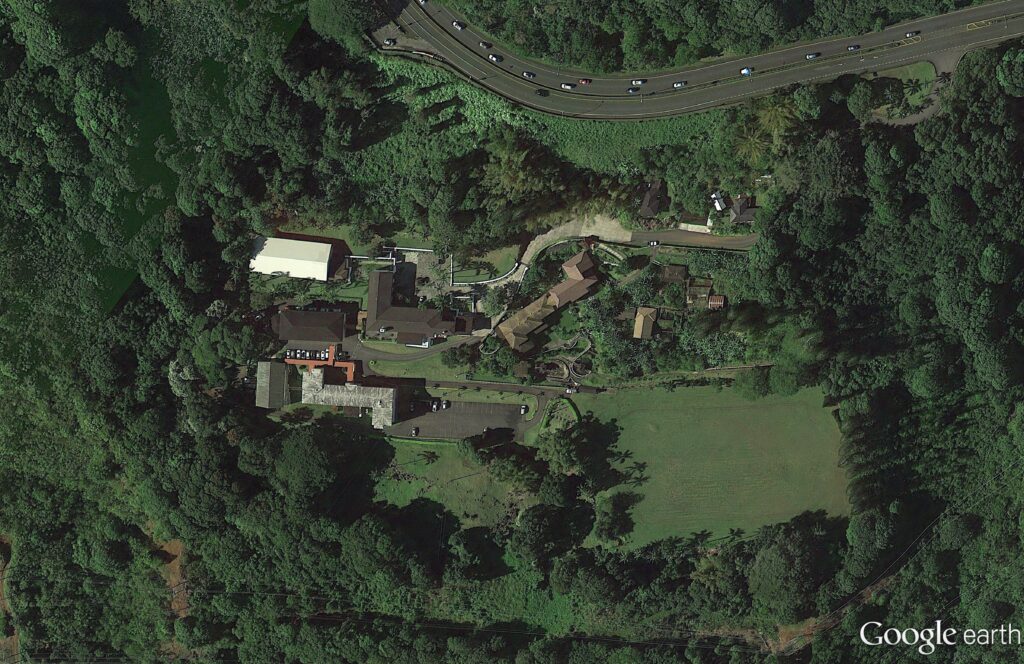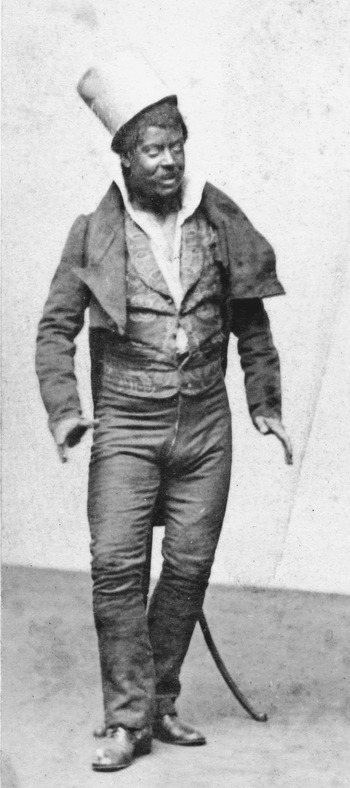“The adult men in the first settlement of Plymouth all held the status of ‘stockholders’ in the joint-stock company that financed the Colony or ‘plantation.’”
“They thus shared in the ownership of the plantation’s assets, its speculative economic venture, and its liabilities. They participated in the economic venture and its colonial government.”
“The colonists also began use of the separate term ‘freemen’ early in the settlement, which indicated a citizen of the Colony, who possessed the right to vote for the Governor and Assistants and the right to hold office (thus, all stockholders were freemen, but not all freemen would be stockholders). Women and servants were not eligible for freeman status.” (Fennell)
A “freeman” (this designation has nothing to do with slavery, or former slavery) refers to a person’s position in his church and community. This position as a “freeman” had to be earned by those who settled among the New England colonists. (Dehler)
A “freeman” should not be confused with a “freeholder” or “free planter.” These latter terms refer to individuals who possessed land. This land was usually either granted to the person by the colony, purchased by him from the colony, or inherited. Freemen, of course, could be, and were, free planters – that is, land owners.
A man who committed a crime or infraction against the government or church could lose his status of freeman and also lose his land. (Dehler)
When he first entered the colony, a settler was not considered “free.” He was a commoner. His actions and activities were closely monitored by the hierarchy to make sure they fit with the church’s ideal.
If the man proved himself to fit with this ideal – if he joined the church, paid his debts, was owing to no man, and was under no judicial restraints – he would be accepted by the hierarchy and would be allowed to take the freemen’s oath.
This process of acceptance took some time because the man had to prove himself worthy and become a member in good standing of the congregation. (Dehler)
“The status of ‘freeman’ conferred the right to take part in the government of the Colony as a whole … The ultimate unit of political participation and power was the individual ‘freeman.’ This was a formal status of which all adult male householders might directly apply.”
“Approval was based on general consideration of character and competence; … Plymouth set no specific requirements in terms of church membership.”
“Initially, the ‘freemen’ themselves composed the General Court, which enacted all necessary ‘laws and ordinances,’ voted ‘rates’ (taxes), and (after 1640) supervised the distribution of lands.” (Demos)
“Freemen were required to take an oath of allegiance to the Colony and to England. There were several instances of charges brought to the Court over the years of freemen failing or refusing to take such an oath.”
“In 1659, for example, twelve men were convicted for refusing to take the oath, and were fined 5 pounds sterling each, although not banished or imprisoned.” (Fennell)
“Sometime in the period from 1636 to 1671, the Plymouth colonists formulated a declaration called The General Fundamentals, which further emphasized their desire for self-governance as ‘freemen’ or ‘associates’:
This has often been viewed by historians as one of the earliest forms of a demand for “representative” government and individual rights in the American colonies.
“Restrictions focusing on Quakers were added as well. No Quaker could be a freemen, and a freemen who became a Quaker would lose his status, as would any freemen who aided Quakers.”
“The duties of being a freeman may have been more than some persons cared to possess. Towns often were forced to threaten fines for freemen failing to attend town meetings. An even heavier fine was levied against freemen who failed to attend the General Court or to serve on the Grand Enquest when selected.”
“As a result, by 1638 the freemen had prompted legislation which permitted them to elect representatives, called ‘deputies,’ who would then attend the sessions of the General Court for each town. Those persons elected deputies tended to be re-elected year after year.”
“While only freemen could be elected to be deputies, nonfreemen who paid taxes and swore fidelity to the Colony were permitted to vote for candidates for deputy.”
“By 1652, the General Court instituted a process for freemen to vote by proxy at the General Court sessions, to prevent them from having to travel to Plymouth Town where the Court was convened.”
“The declaration of ‘The Generall Fundamentals’ set forth in the 1672 Book of Laws listed an array of rights and privileges possessed by freemen.”
“No freeman was to be punished ‘but by virtue or equity of some express Law of the General Court of this Colony, the known law of God, or the good and equitable laws of our Nation.’” (Fennell)
Click the following link to a general summary about Freeman:
https://imagesofoldhawaii.com/wp-content/uploads/Freeman.pdf



















































